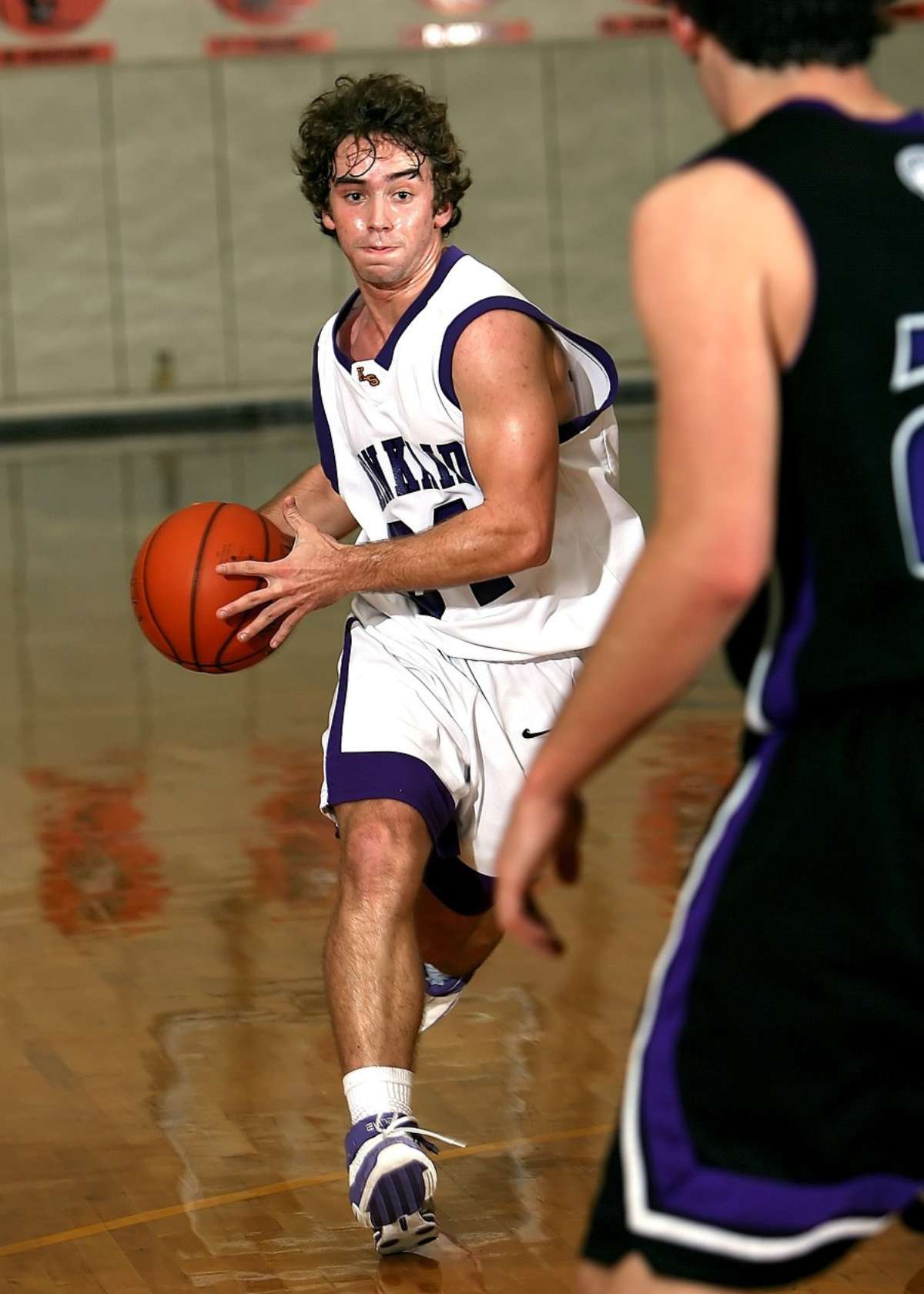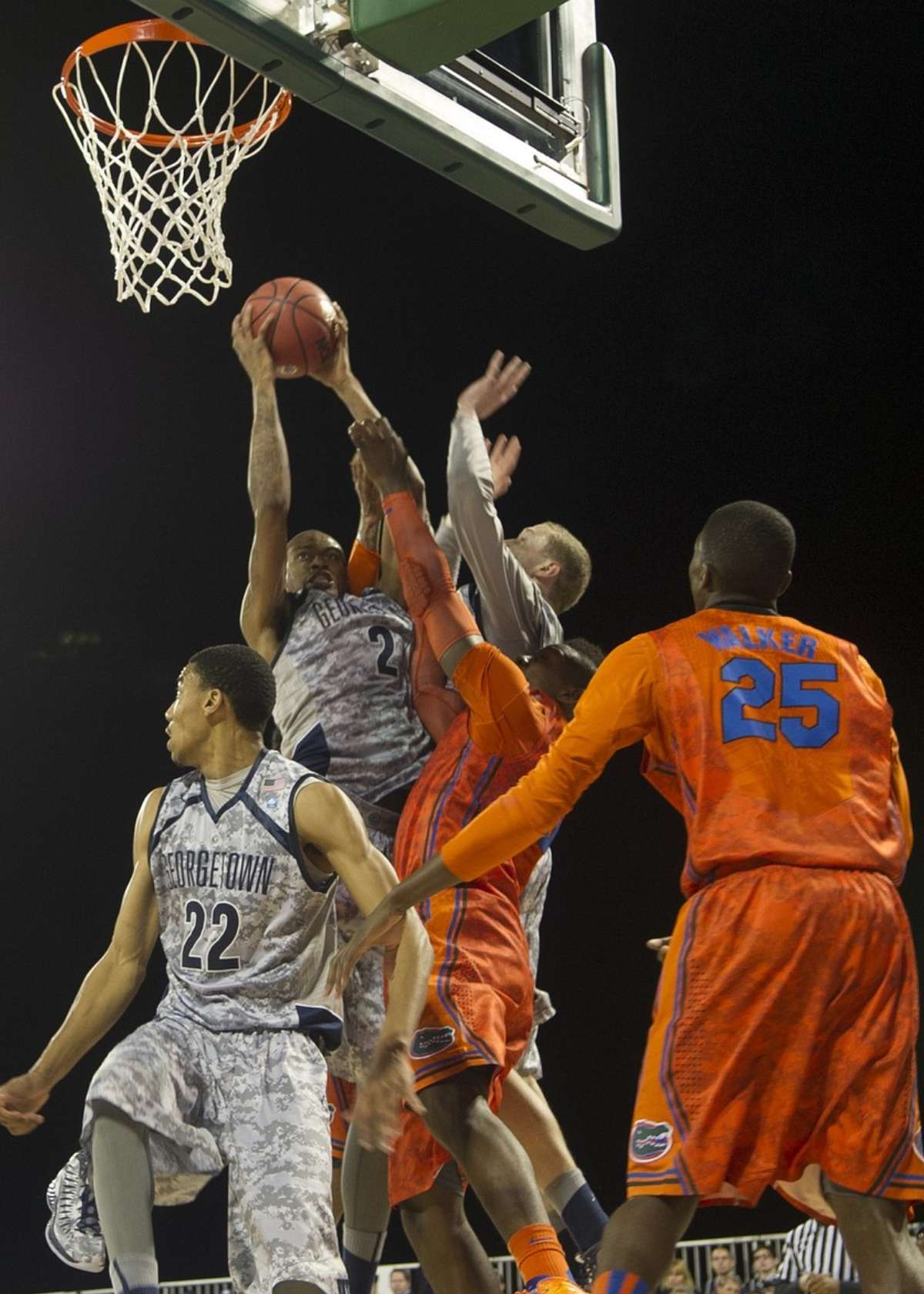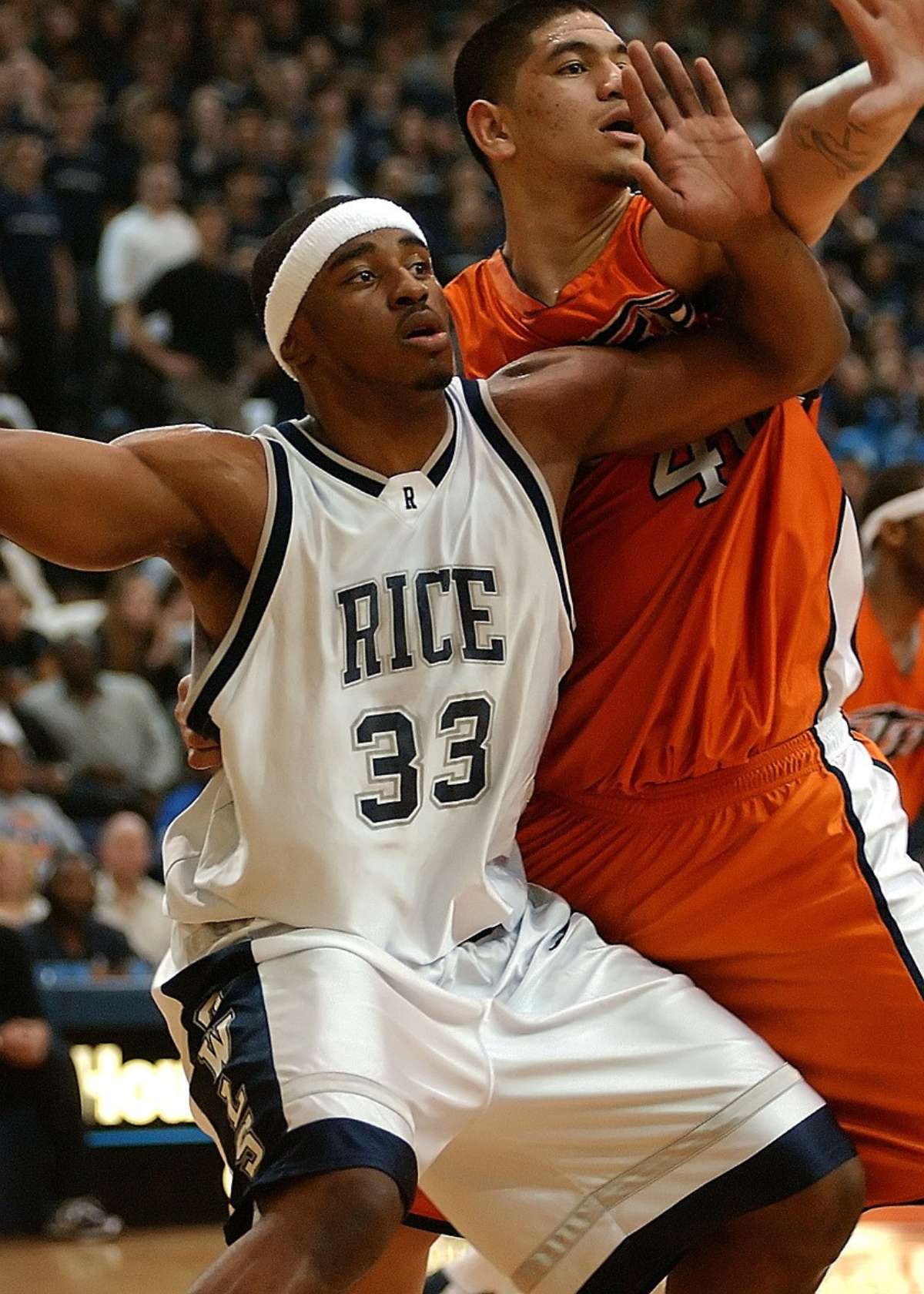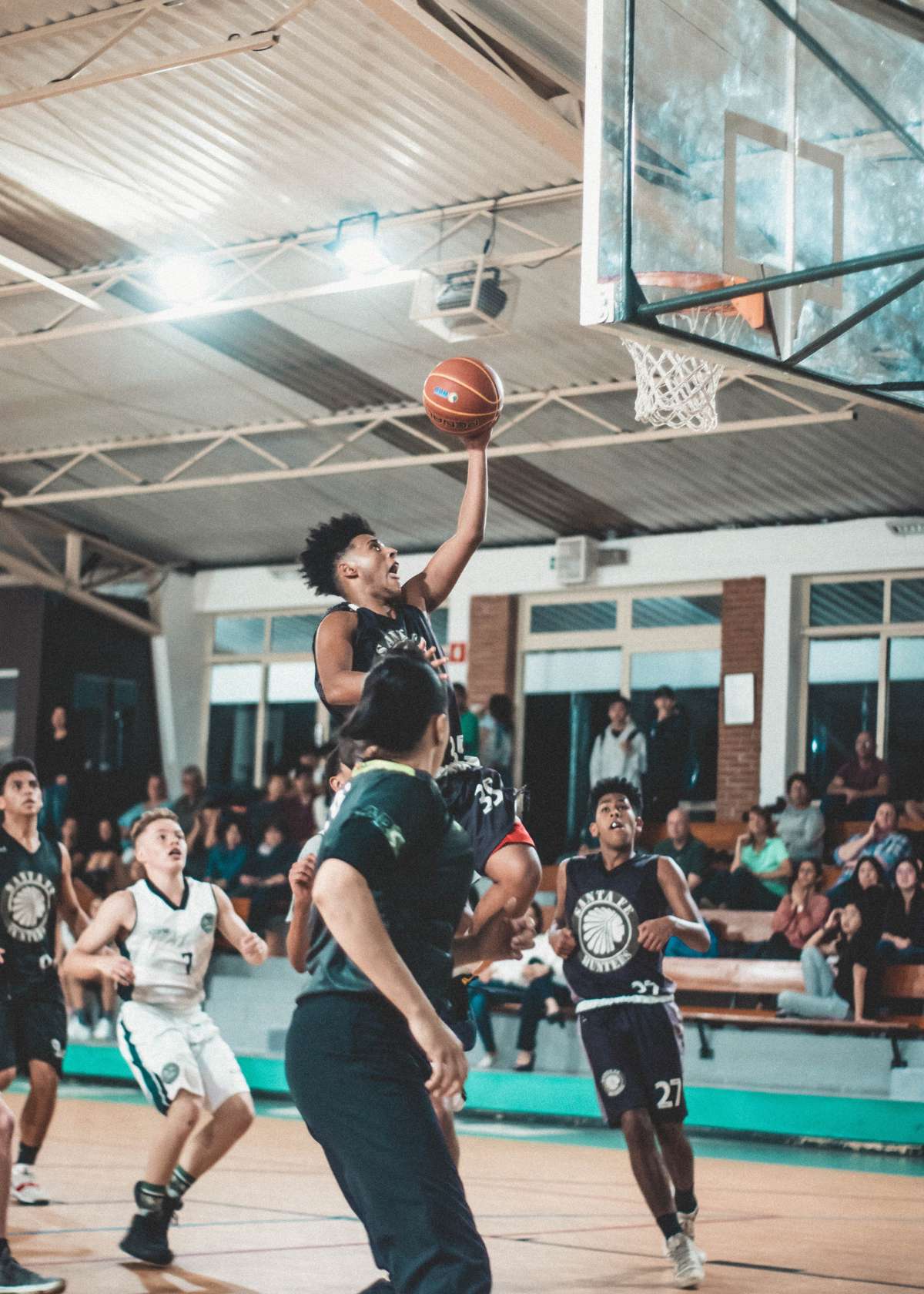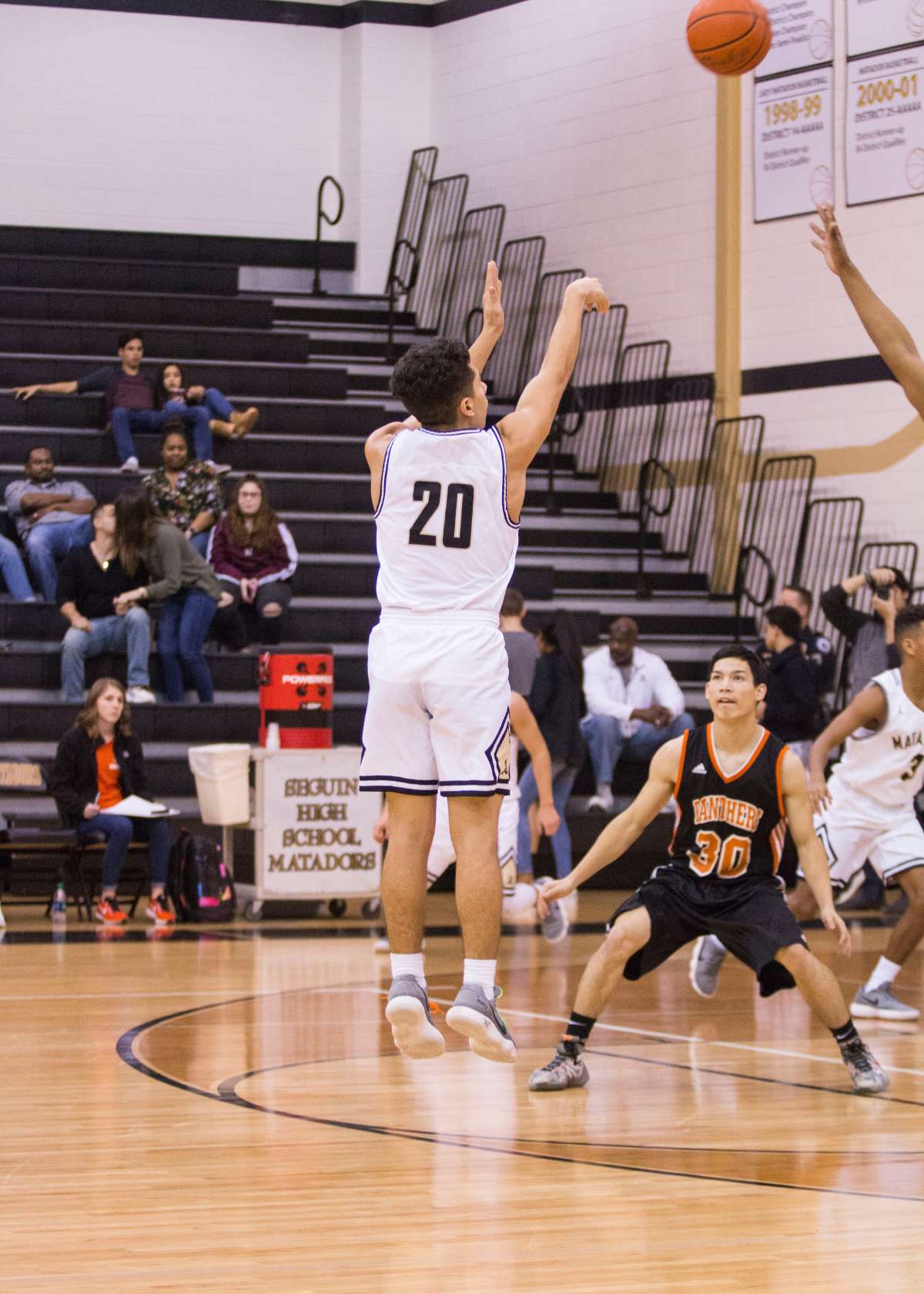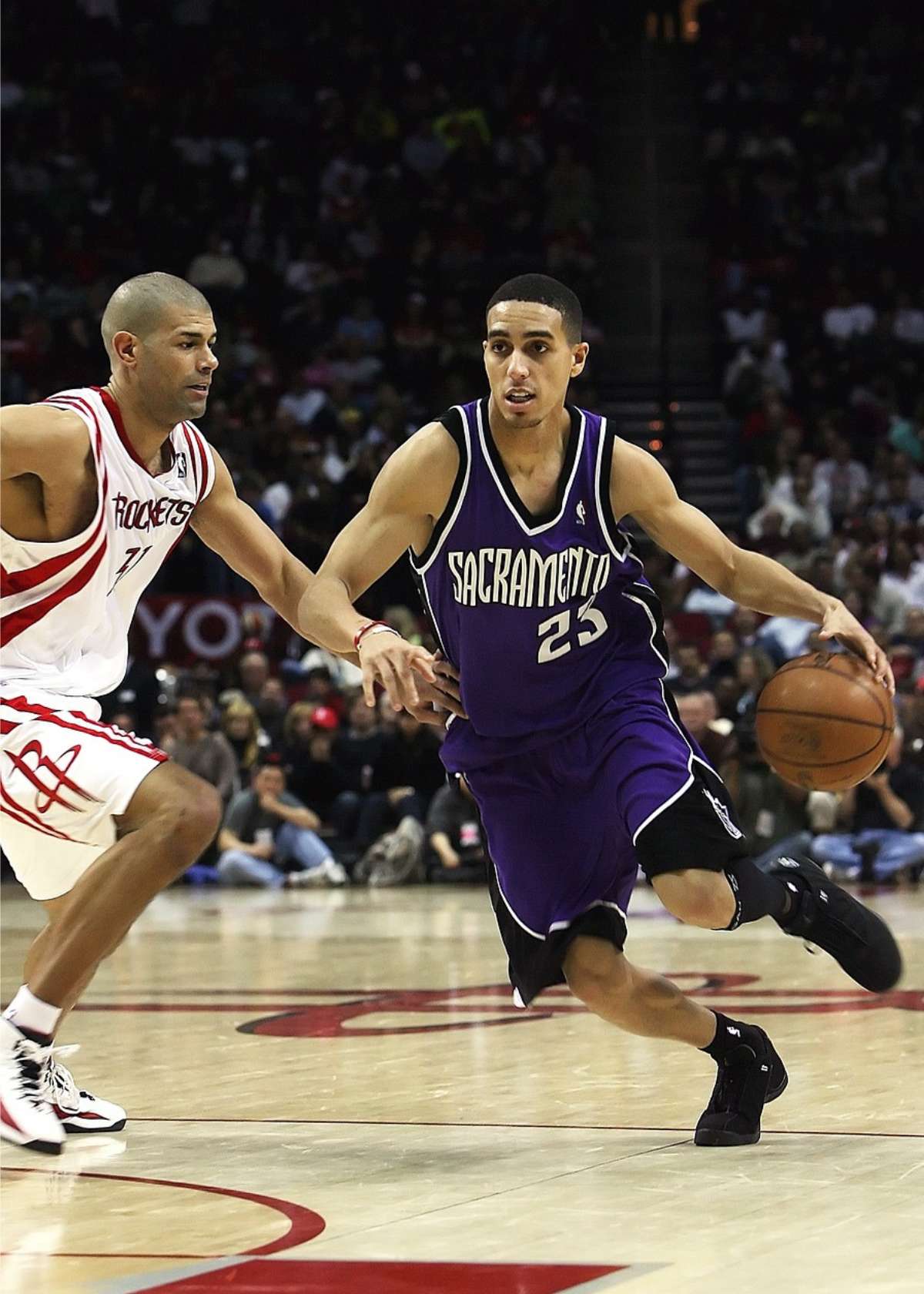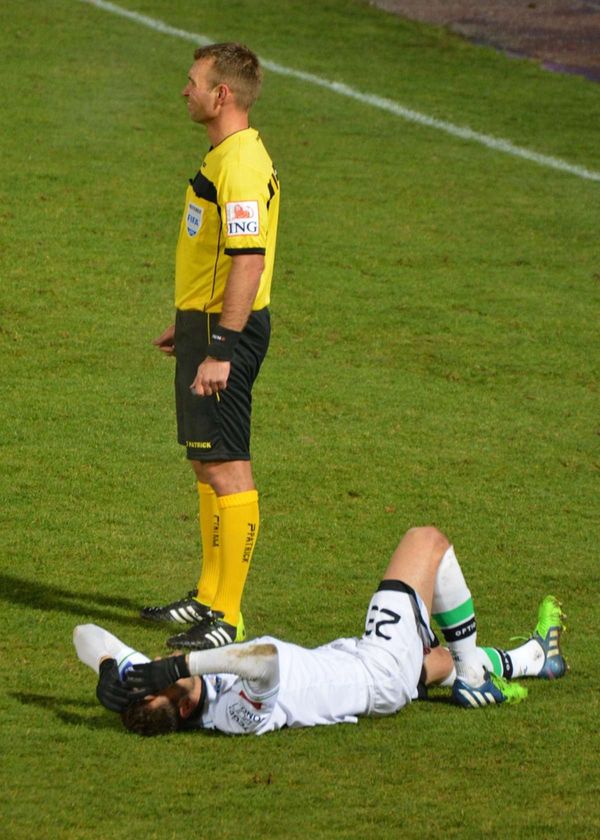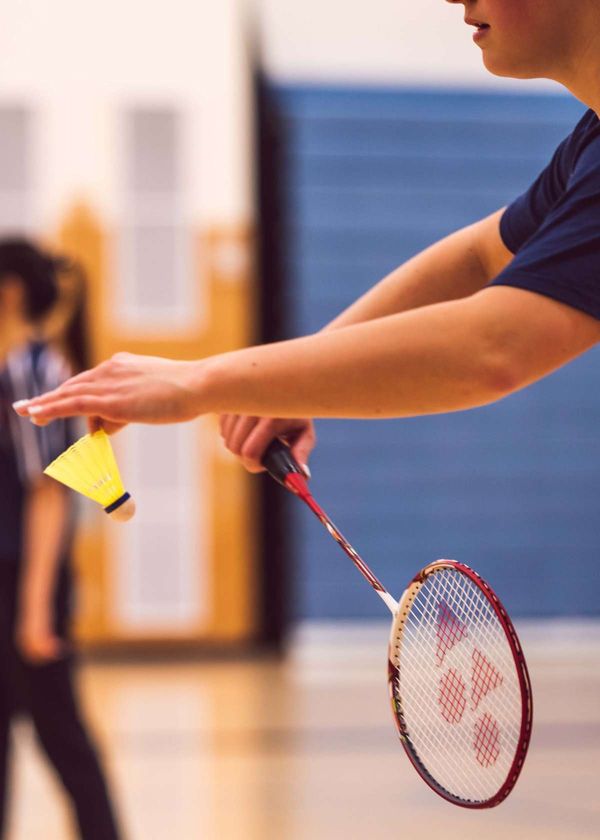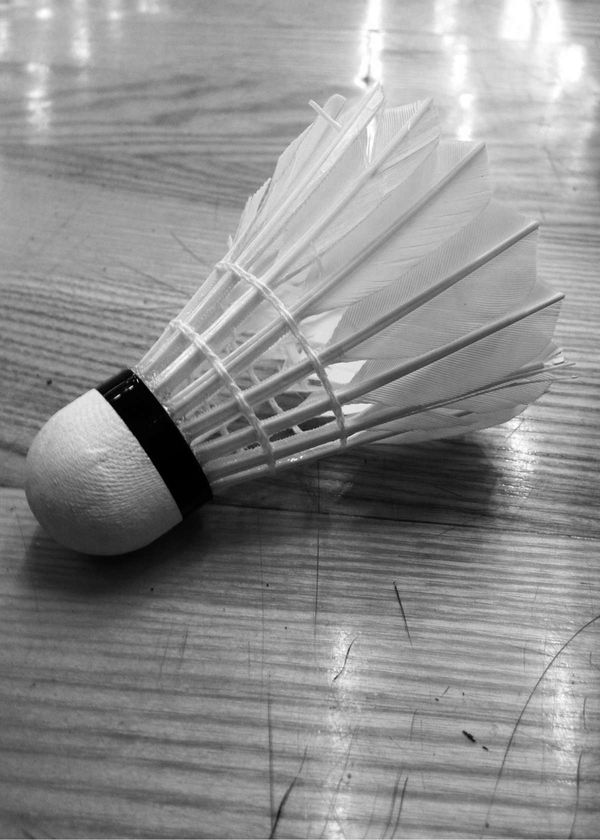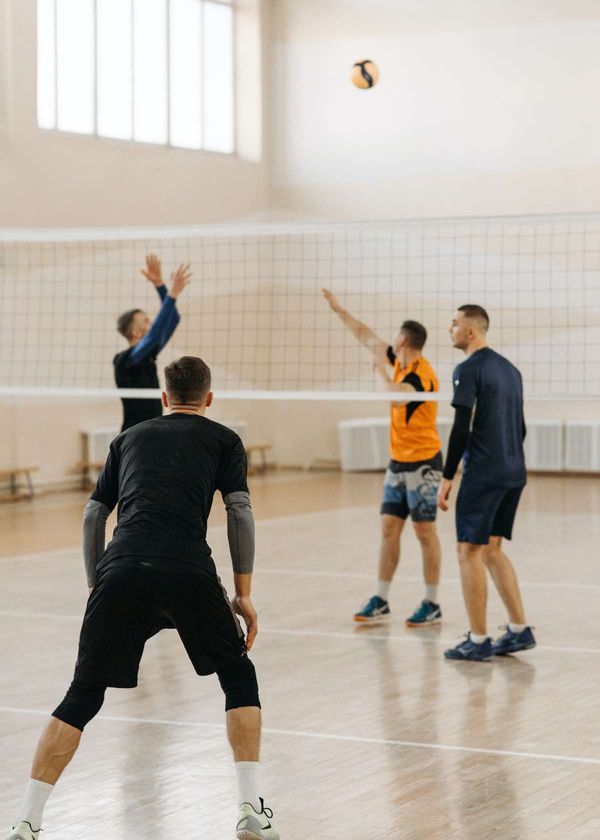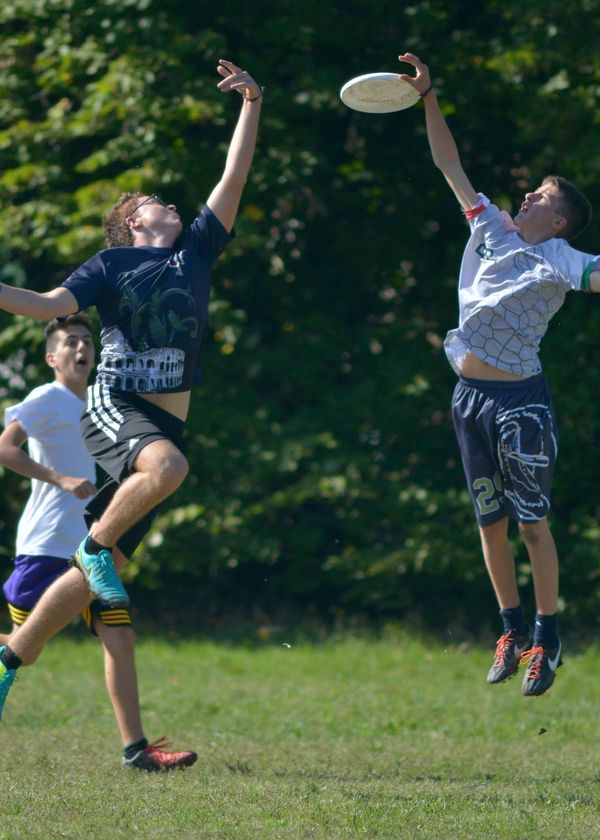Basketball is a game that requires strategy, agility, and a deep understanding of its various concepts. One such key concept is the 'weak side'. But what is the weak side in basketball?
Understanding and leveraging the weak side can open up a plethora of strategic opportunities, from creating scoring chances to setting up solid defenses.
This article will delve deeper into this essential basketball concept, exploring its significance, tactics for its use, and how it can alter the game's outcome.
Understanding the Weak Side
What Is the Weak Side In Basketball?
The weak side is the half of the court opposite to where the ball is located. This area holds strategic importance in the game. When the ball is on one side, most players, both offensive and defensive, concentrate on that side. This leaves the weak side less defended or populated, hence the term 'weak side'.
Historical Context of How the Concept Came to Be and Its Evolution Over Time
Historically, the concept of the weak side has been a part of basketball since its inception. The idea was to use the entire court effectively by spreading out players and creating space.
Over time, as basketball strategies evolved, so did the usage of the weak side. It became a critical aspect of many offensive and defensive tactics, with teams learning to exploit or protect the weak side to gain an advantage.
Importance of the Weak Side
An Examination of Why Understanding the Weak Side is Crucial for Both Offensive and Defensive Strategies
Understanding the weak side is vital for both offense and defense. On offense, players can use the weak side to spread out the defense, create scoring opportunities, and open up passing lanes. On defense, protecting the weak side prevents easy scoring opportunities for the opponent and helps control the pace of the game.
Real-World Examples of Games Where Weak Side Tactics Significantly Impacted the Outcome
The importance of the weak side is evident in numerous real-world games. For instance, in the 2016 NBA Finals Game 7, LeBron James of the Cleveland Cavaliers made a crucial block from the weak side, preventing Andre Iguodala of the Golden State Warriors from scoring a layup.
This play, known as 'The Block', significantly shifted the game's momentum in favor of the Cavaliers, who went on to win their first NBA Championship. This example underscores the critical role the weak side plays in the game of basketball.
Strategies for Exploiting the Weak Side
Offensive Strategies: How to Create Scoring Opportunities Using the Weak Side
On offense, exploiting the weak side involves positioning players in such a way that they can quickly switch the play from the strong side (where the ball is) to the weak side. This can often catch the defense off guard and create scoring opportunities. Attacking players on the weak side should try to position themselves between the opposition units, ready to receive a pass and make a play.
One strategy involves creating an overload on the weak side. By moving more players to the weak side, the team can force the defense to shift their focus, opening up space on the strong side.
Defensive Strategies: Protecting the Weak Side to Prevent Scoring Opportunities
Defensively, the key to protecting the weak side is maintaining a presence while also providing coverage on the strong side. This balance prevents the attacking team from easily switching the play to the weak side and exploiting open space.
Training for the Weak Side
Drills and Exercises to Improve a Player's Performance on the Weak Side
Training for the weak side can involve various drills and exercises. These might include practicing quick switches of play, positional drills for defensive players to cover the weak side effectively, and exercises to improve the attacking players' ability to exploit the weak side.
Players can also benefit from watching game footage and analyzing how teams use the weak side to their advantage. This helps players develop a better understanding of its significance and how to incorporate it into their own strategies.
Insights from Professional Coaches on Training Players to Better Understand and Utilize the Weak Side
Professional coaches emphasize the importance of understanding and utilizing the weak side. They often devise training programs to improve players' ability to recognize when to switch the attack to target the weak side and how to support the switch.
Additionally, they teach strategies to defend the weak side effectively, such as shifting players to provide additional coverage on the strong side while maintaining a presence on the weak side.
The Weak Side in Professional Basketball
Analysis of How Professional Teams and Players Use the Weak Side
In professional basketball, the weak side is often used to great effect. Teams strategically position their players to exploit the weak side on offense and protect it on defense.
For instance, creating an overload with the winger on the weak side or strong side is a common tactic used by professional teams. This allows for quick switches and opens up space for scoring opportunities.
On defense, teams often use a zone defense or pack the paint to protect the weak side. This prevents opposing players from driving to the basket and forces them to take shots from further away.
Key Takeaways
- Understanding the Weak Side: The 'weak side' in basketball refers to the half of the court that the ball is not on. It's a strategic area of the court that can be exploited for offensive plays or needs to be defended during defensive plays.
- Historical Context: The concept of the weak side has been integral to basketball since its inception. Over time, as strategies evolved, so did the usage and importance of the weak side.
- Importance of the Weak Side: The weak side holds strategic importance for both offense and defense. On offense, it can be used to spread out the defense and create scoring opportunities. On defense, protecting the weak side can prevent easy scoring opportunities for the opponent.
- Strategies for Exploiting the Weak Side: Offensive strategies involve positioning players in such a way that they can quickly switch the play from the strong side to the weak side. Defensive strategies aim to maintain a balanced presence on both sides of the court to prevent easy scoring opportunities.
- Training for the Weak Side: Training involves practicing quick switches of play, positional drills for defensive players, and exercises to improve attacking players' ability to exploit the weak side. Insights from professional coaches can be valuable in understanding and utilizing the weak side effectively.
- The Weak Side in Professional Basketball: Professional teams and players often use the weak side to great effect. Famous plays, like LeBron James's block in the 2016 NBA Finals Game 7, highlight the strategic importance of the weak side in basketball.
- Conclusion and Encouragement: Understanding and incorporating weak side strategies into a player's game can significantly enhance performance on the court. Despite its name, the weak side could potentially be a team's strongest ally on the court.
Conclusion
Recap of the Importance and Strategic Value of Understanding the Weak Side
To sum up, understanding the weak side in basketball is a game-changing skill. It holds immense strategic value in both offensive and defensive plays. Offensively, the weak side provides opportunities to spread out the defense, create scoring chances, and open up passing lanes.
Defensively, protecting the weak side can prevent easy scoring opportunities for the opponent and help control the pace and flow of the game.
Historically, the concept of the weak side has been utilized in numerous high-stakes games, with professional teams and players demonstrating its effectiveness time and again. Training for the weak side, which involves specific drills and exercises, is crucial for improving a player's performance and understanding of this concept.
Frequently Asked Questions
- What is the weak side in basketball?
The "weak side" in basketball refers to the side of the court opposite of where the ball is located at any given time. - Why is it called the 'weak side' in basketball?
It's called the "weak side" because it's typically less defended, as the defense usually focuses more on the side where the ball is (strong side). - How does understanding the weak side improve a player's game?
Understanding the weak side can significantly enhance a player's game by aiding them in exploiting open spaces, spreading out the defense, and creating scoring opportunities. - What strategies can teams use on the weak side?
Teams can use strategies such as quick switches of play, positioning players between opposition units, and creating an overload on the weak side to exploit it effectively. - How do professional players exploit the weak side?
Professional players often exploit the weak side by positioning themselves strategically to receive passes and make plays, or by overloading the weak side to force the defense to shift focus. - Can strong defense on the weak side change the outcome of a game?
Yes, a strong defense on the weak side can prevent easy scoring opportunities for the opponent and control the pace and flow of the game. - Can the weak side be the key to breaking a strong defense?
Yes, by exploiting the weak side effectively, teams can spread out a strong defense and create scoring opportunities. - How does player positioning affect the weak side?
Player positioning is crucial to exploiting the weak side. Players positioned between opposition units or overloading the weak side can effectively exploit it. - Is the weak side concept applicable in other sports as well?
Yes, the concept of a "weak side" applies to any sport that involves strategic positioning and movement, such as soccer and hockey. - Are there specific drills to improve a player's performance on the weak side?
Yes, there are various drills and exercises, like practicing quick switches of play and positional drills, that can improve a player's performance on the weak side.
Explore a wide range of basketball and sports & fitness blogs!

